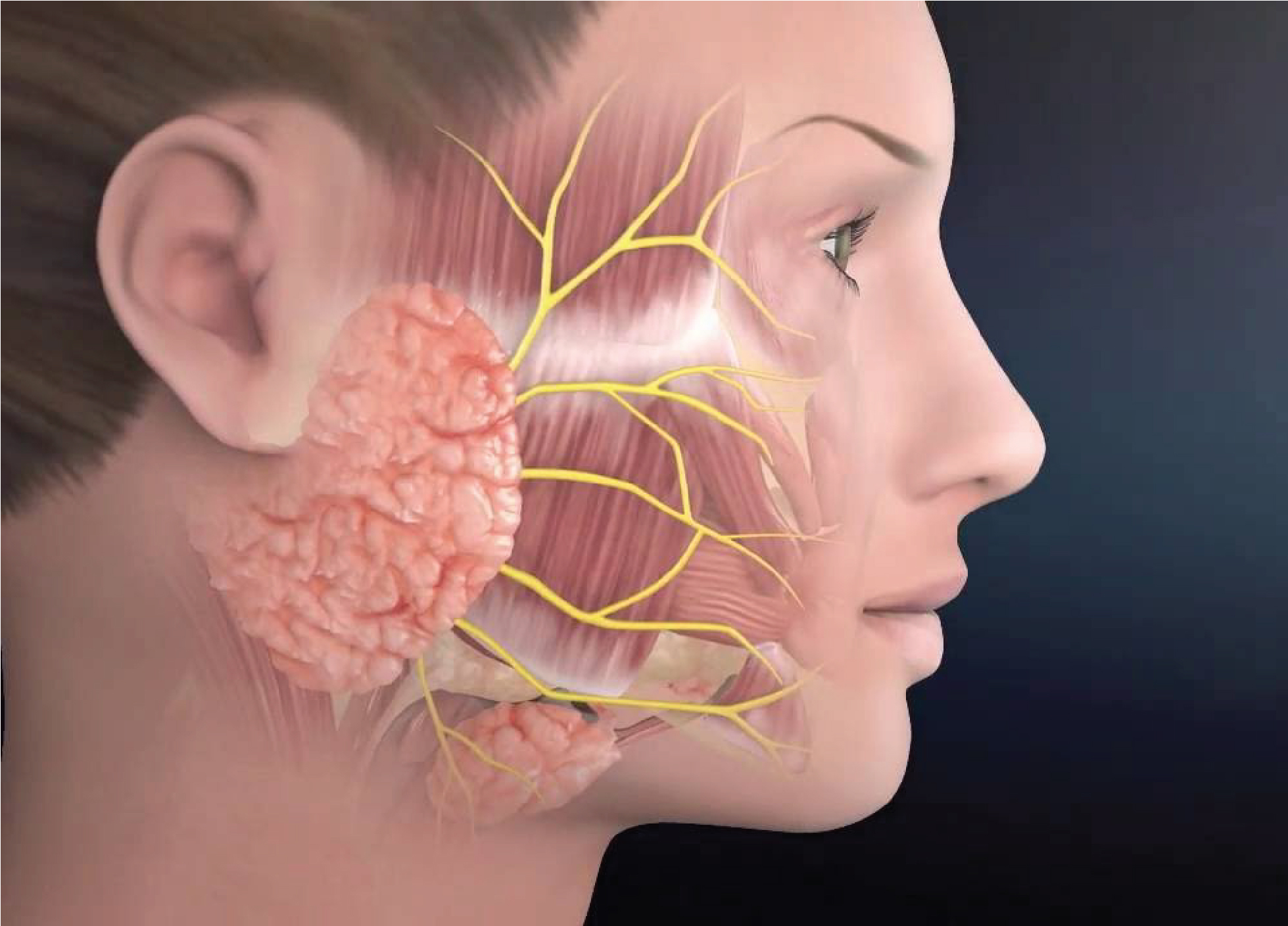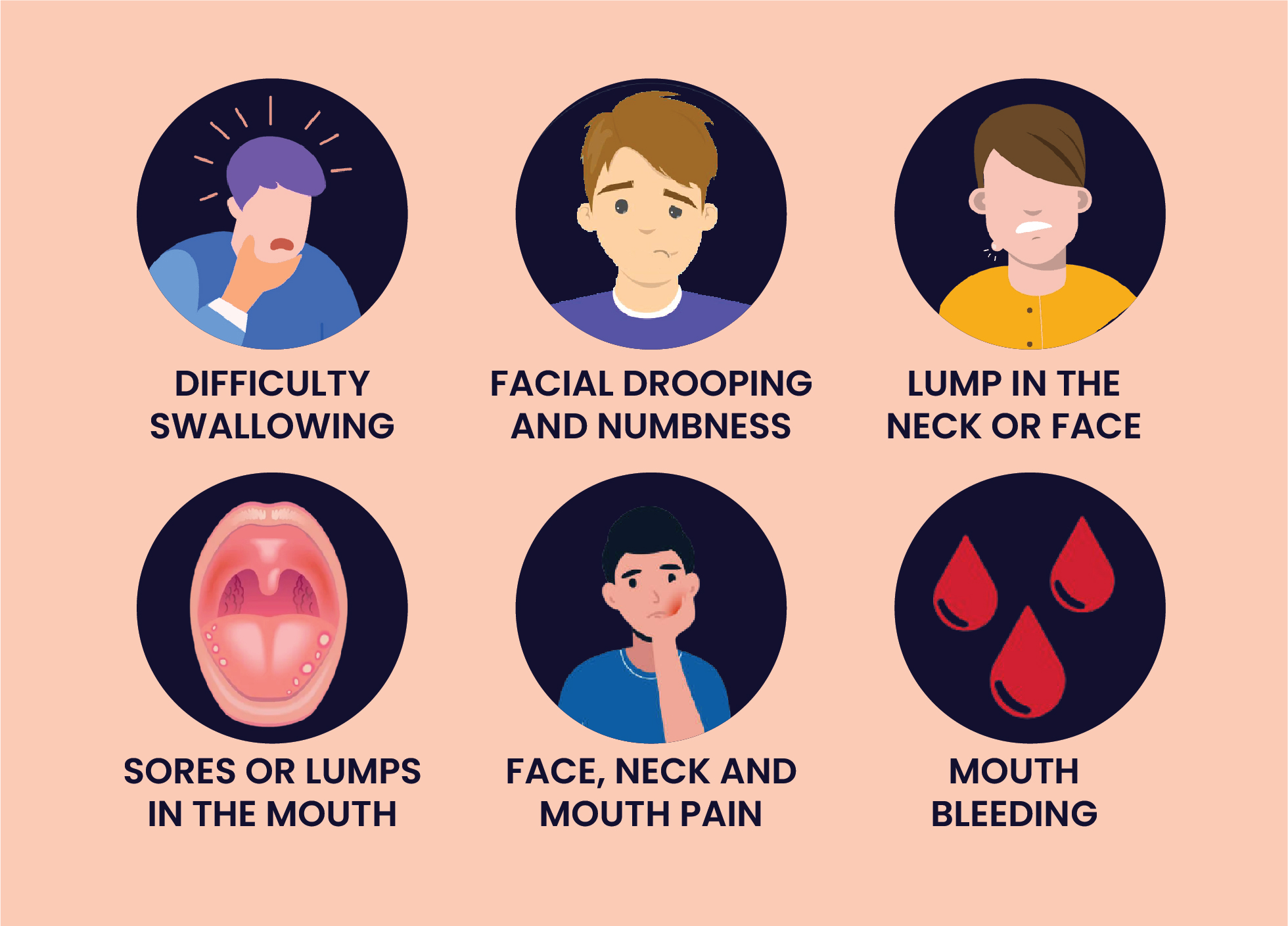Salivary gland tumors
Introduction
Salivary gland tumors are relatively uncommon compared to other tumors and are said to account for less than 2% of all human tumors. Salivary gland tumors correspond to approximately 3% to 10% of neoplasms of the head and neck region.
Salivary gland cancer, a type of head and neck cancer, in which cancer cells form in the tissues of the salivary glands. Most salivary gland tumors are not life-threatening (malignant) and are called benign tumors. Some benign tumors can become malignant over time.
Most Salivary Gland Cancers are found in the parotid glands. The parotid glands contain glands of the immune system (lymph nodes).

Types of Salivary Gland Tumors:
Types of salivary gland (parotid) tumors include:
Causes
The causes of salivary gland tumors are not clear, it is known that they occur when some cells of a salivary gland have mutations in their DNA.
Risk factor
Factors that may increase the risk of salivary gland tumors include:

Signs & Symptoms
Signs and symptoms of a salivary gland tumor may include:
Diagnosis
A doctor may use a variety of diagnostic tests to confirm the presence of a salivary gland tumor and to determine if the growth is malignant, including a complete medical history and physical exam, biopsy, and imaging tests.
The test includes:
Management
After determining a diagnosis and completing a pre-treatment, doctors will recommend a course of treatment for their patients. Ingeneral, there are three different options for the treatment of salivary gland cancers, that can be used alone or in combination.
Follow-Up
After treatment, patients should follow up with their doctors regularly. Patients should visit their head and neck specialist on a regular schedule (or earlier if they have any concerning symptoms). This allows doctors to monitor the patient for any sign that cancer has returned. The best timeline for follow-up will be determined by the doctor.
